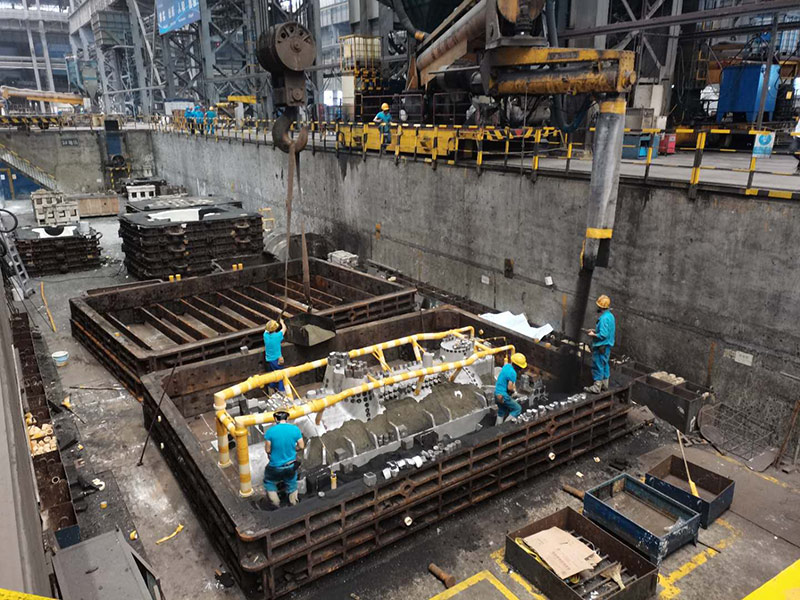3D Printing with Sand Revolutionizing the Construction Industry
In recent years, the construction industry has witnessed a significant transformation with the advent of 3D printing technologies. Among the various materials utilized in this innovative process, sand has emerged as a particularly promising medium, offering a range of benefits that could revolutionize the way we build structures.
3D Printing with Sand Revolutionizing the Construction Industry
The applications of sand-based 3D printing are varied and far-reaching. One of the most groundbreaking uses is in the creation of intricate molds for concrete casting. By printing precise sand molds, builders can produce unique architectural features or custom components that greatly enhance the aesthetic and functional qualities of structures. Additionally, this technique significantly reduces material waste, an important consideration in an industry often criticized for its environmental impact.
3d printing with sand

Moreover, sand 3D printing has shown exceptional potential in the field of sustainable construction. By utilizing local sand resources, builders can minimize transportation costs and the carbon footprint associated with transporting traditional building materials. This localized production approach aligns with the growing emphasis on sustainability and green building practices, helping to address global concerns about climate change.
Another exciting possibility is the use of sand 3D printing in the context of emergency housing and disaster relief. In regions affected by natural disasters, where traditional construction methods may be hindered due to infrastructure damage or resource scarcity, 3D printing with sand can facilitate the rapid construction of temporary shelters. The speed and flexibility of this technology allow for quick responses, providing essential housing solutions in times of crisis.
Despite the promising advancements, challenges remain in the wider adoption of sand 3D printing. Issues related to strength and durability, the need for precise parameters in the printing process, and the development of suitable binding agents require further research and innovation. Nevertheless, as the technology matures, it has the potential to redefine construction practices and pave the way for a more efficient, sustainable, and creative building future.
In conclusion, 3D printing with sand signifies a major leap forward in construction technology. Its ability to create intricate designs, enhance sustainability, and provide quick solutions for urgent housing needs illustrates its pivotal role in shaping the future of the construction industry. As research continues and technology evolves, we may soon see sand 3D printing become a standard practice in building worldwide.
Post time:Вер . 11, 2024 07:45
Next:Advantages of Sand Casting
